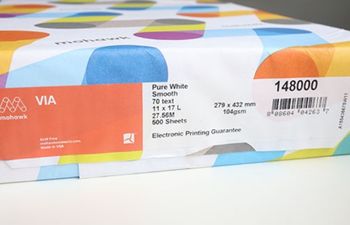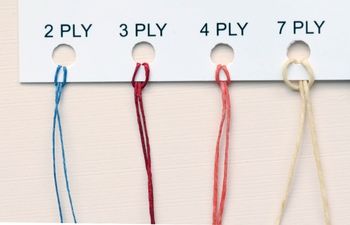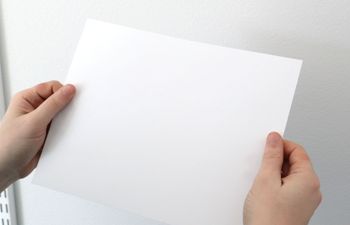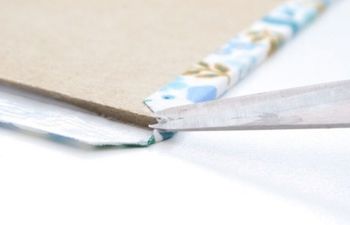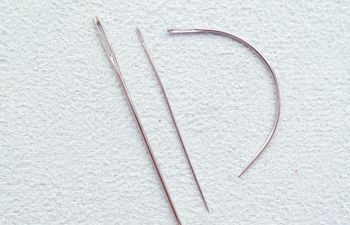I get a lot of questions about bookbinding, but the numbers pale in comparison to the inquiries I receive about paper. If you’ve ever wondered what the best paper is for bookbinding, this post is for you! I’ll answer the following questions:
- What’s the best paper for bookbinding?
- What size paper should I buy if I’m just starting out in bookbinding?
- Can I buy dotted or lined paper big enough to fold into signatures?
- What kind of paper should I be using for endsheets?
- Where is the best place to buy paper online?
These questions are completely valid. Many of the answers are spread throughout the Internet in the craziest places, so I hope this consolidated post is helpful.
Q: What is the best paper for bookbinding?
A: 70lb smooth white text weight paper
Here’s why: Smooth 70lb text paper is the right weight and texture for many purposes, including: writing, sketching, drawing, calligraphy, junk journaling and more.
Q: What size paper should I buy if I’m just starting out in bookbinding?
A: 12″x18″ (30.5 x 45.7 cm)
Here’s why: paper grain usually runs long, so this paper will fold into 6″ wide by 18″ high. This makes it possible for one 12×18 sheet of paper to create:
- 2 signatures for A5 (5.8 x 8.3 in)
- 3 signatures for A6 (4.1 x 5.8 in)
- 4 signatures for A7 (2.9 x 4.1 in)
- plus many more for sizes A8-A13
A5 and A6 books are two of the most popular sizes for sketch books and journals, giving you a lot of options to try. It’s also an affordable size at around $67 for 1,000 sheets.
Q: Can I buy dotted or lined paper big enough to fold into signatures?
A: Yes, but it’s very hard to find because it’s custom printed by small sellers.
Here’s why: Our bookbinding community is too small for commercial printers to benefit from this type of paper. I wrote more about this in my post, How to Find Lined Paper for Bookbinding, along with some suggestions for ordering custom printed paper in the US and UK. You can also learn how to make your own lined templates for bookbinding in my tutorial, How to Make a 12×18 Lined Paper Template.
Q: What kind of paper should I be using for endsheets?
A: Fine laid or wove paper is best
Here’s why: These papers are made with a percentage of cotton fibers, usually 25-100%, with textured lines running vertically and horizontally across the surface. It’s thicker and sturdier than standard text and writing weight papers, making it ideal for holding adhesive during the casing in process. I usually recommend a white, off-white, ivory or gray color so they’re versatile enough to coordinate with different coverings.
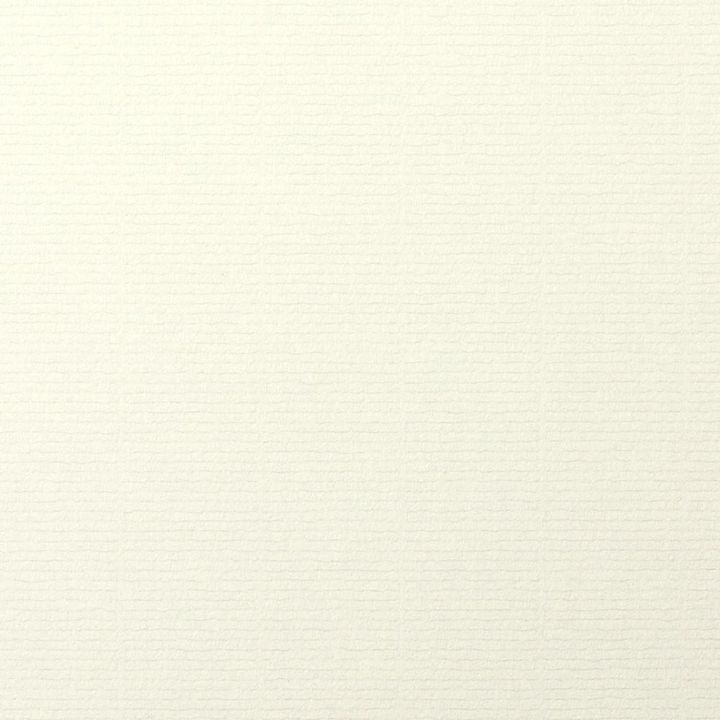
If you’re brand new, I love a pulp-based paper similar to laid or wove called Canson MiTientes. This paper is renowned for it’s quality and I’ve found it to work very well for my casebindings.
Q: Where is the best place to buy paper online?
A: Paper Mill Store, Mulberry Paper & More, Hollander’s
Here’s why: I’ve personally used these websites to order paper, so I can guarantee the experience and quality. That said – be sure to look around. There are lots of different places to buy paper online, including some smaller mom-and-pop shops that deserve our attention.
- Papermillstore.com for text and endsheet papers
- Mulberry Paper and More for decorative covers and endsheets
- Hollander’s for decorative cover papers
If you’re interested in paper specifically for book covers, check out my post, The Best Cover Paper for Hardcover Books.
More Paper Resources
- The Most Important Rule in Bookbinding | Grain Direction
- Know the Difference | Text and Writing Weight Papers
- Spotlight: My Favorite Bookbinding Paper
- Top 3 Features to Look for in a Paper Cutter
- If you are new to bookbinding and looking for the best place to start, read my New Bookbinder Guide.
I truly hope this was helpful. Feel free to ask me questions! I’m active daily on Instagram and in DMs.
All my best,
Misty
